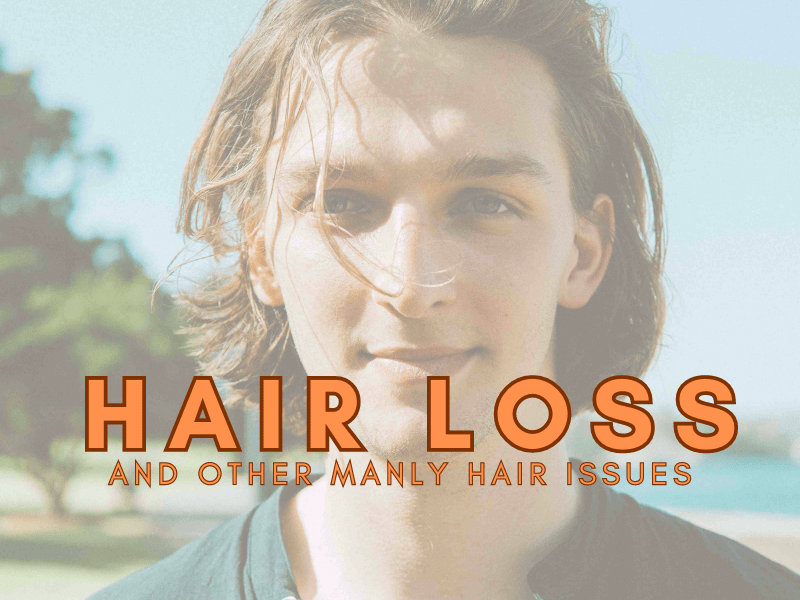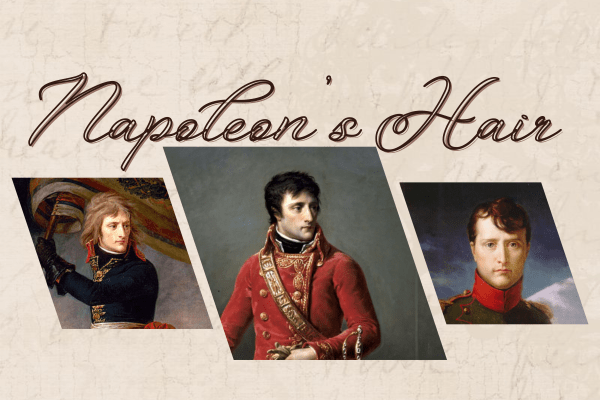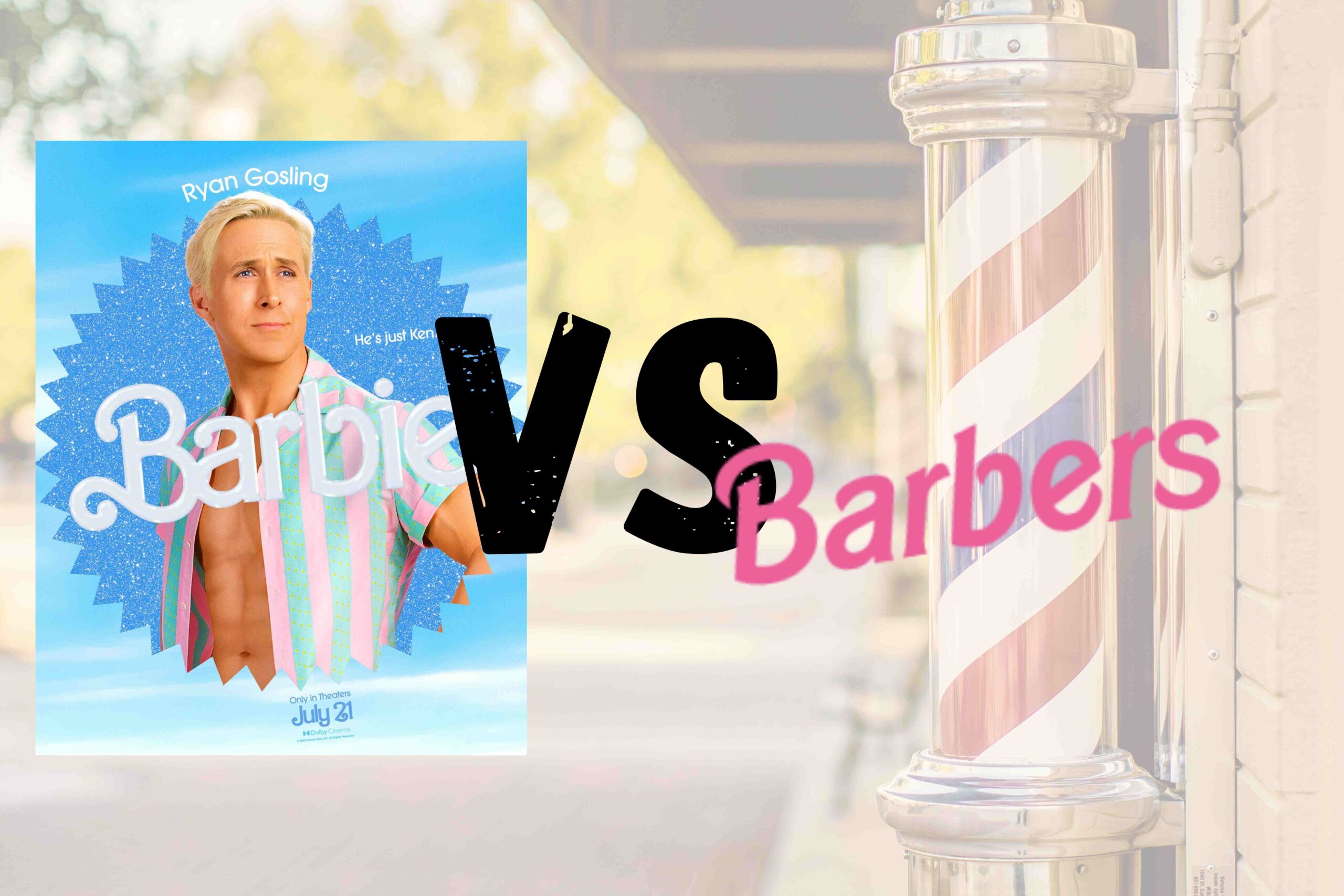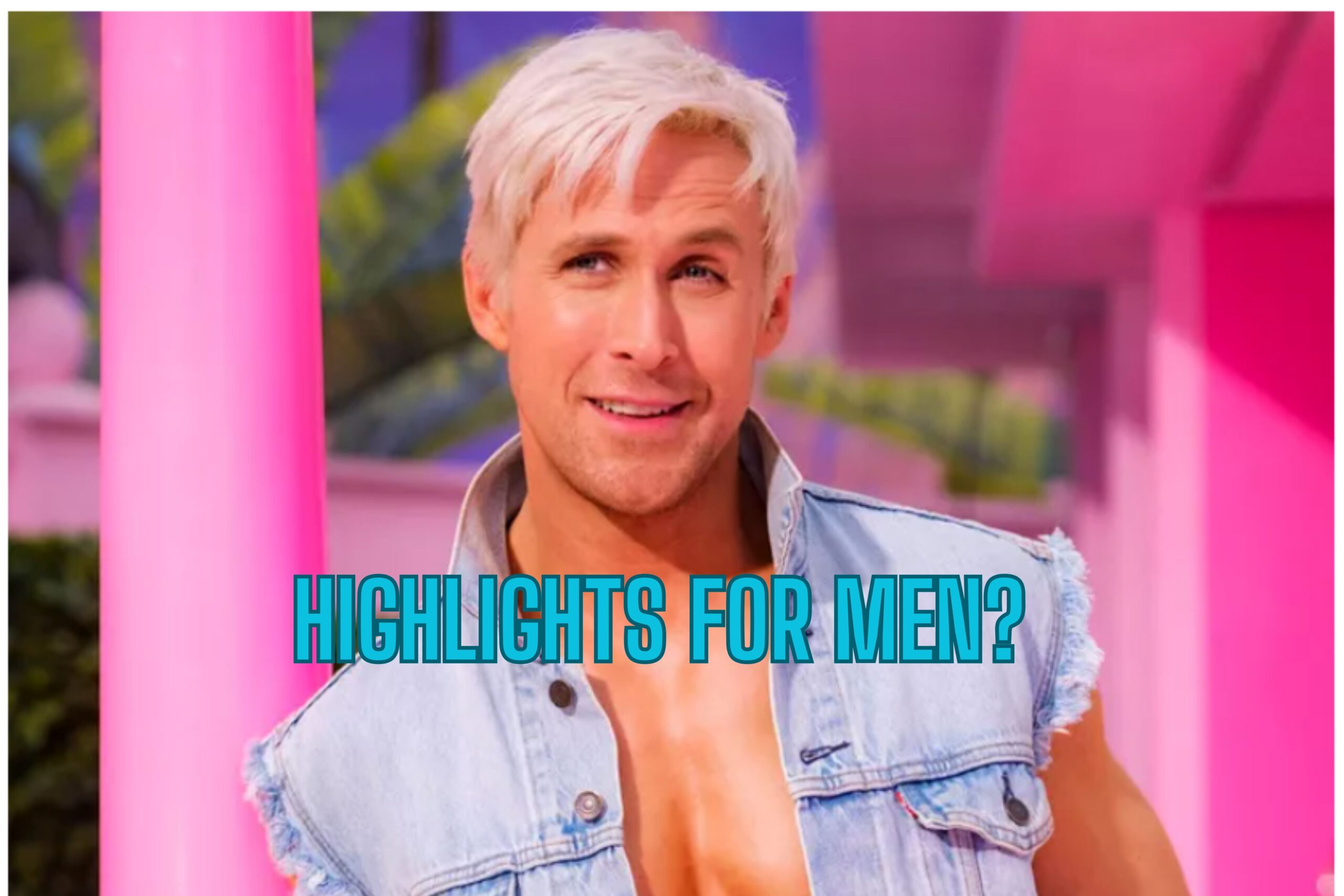Hair is an important aspect of one’s appearance and plays a significant role in defining one’s personality. Men, in particular, have been known to take great pride in their hair and hairstyles. However, several factors can lead to hair problems that can cause frustration, stress, and even a loss of confidence. This article will discuss the common hair issues men face, their causes, prevention, and treatment options.
Hair Loss
Hair loss is a common hair problem that affects men worldwide, with male pattern baldness being the most common form of hair loss. This type of hair loss usually begins with a receding hairline, followed by thinning of the hair at the crown of the head, leading to partial or complete baldness. Male pattern baldness is mostly attributed to genetics, and it affects men of all ages, but it is more prevalent in older men.
Causes: The primary cause of male pattern baldness is the genetic predisposition, which means that men with a family history of baldness are more likely to experience hair loss. Male pattern baldness is caused by the effects of androgenic hormones on hair follicles. Androgenic hormones, such as testosterone, convert into a hormone known as dihydrotestosterone (DHT), which affects hair follicles, causing them to shrink and leading to hair thinning and hair loss.
Prevention: There are several ways to prevent hair loss, such as:
- Eating a balanced diet rich in nutrients and vitamins that support hair growth.
- Avoiding hairstyles that pull the hair too tightly, such as braids and ponytails.
- Reducing stress levels through meditation, exercise, or other relaxation techniques.
- Avoiding smoking, as it can cause oxidative stress and inflammation that damages hair follicles.
- Using hair care products that are gentle on the scalp and hair, and avoiding harsh chemicals.
Treatment Options: There are several treatment options available for male pattern baldness, including medications, hair transplant surgery, and cosmetic products:
- Medications such as minoxidil and finasteride have been proven to be effective in treating hair loss, but they may cause side effects.
- Hair transplant surgery involves taking hair follicles from a healthy part of the scalp and transplanting them into the balding areas.
- Cosmetic products such as hair fibers, hair sprays, and hair concealers can also help to hide the balding areas and make the hair appear thicker.
Dandruff
Dandruff is a common hair problem that causes an itchy scalp and flakes of dead skin to appear in the hair and on clothing. Dandruff is usually caused by an overgrowth of yeast on the scalp, which causes inflammation and irritation.
Causes: The causes of dandruff can vary, but some common factors include:
- Dry skin: If the scalp is dry and flaky, it can lead to dandruff.
- Oily skin: If the scalp is oily, it can lead to the growth of yeast, which causes dandruff.
- Certain skin conditions: Certain skin conditions, such as eczema and psoriasis, can cause dandruff.
Prevention: There are several ways to prevent dandruff, such as:
- Keeping the scalp clean and free of oil and dirt.
- Avoiding the use of harsh hair care products that can dry out the scalp.
- Washing the hair regularly with a gentle shampoo.
- Reducing stress levels, as stress can trigger dandruff.
- Using hair care products that contain antifungal agents, such as tea tree oil, which can help to control the growth of yeast on the scalp.
Treatment Options: There are several treatment options available for dandruff including:
- Anti-dandruff shampoos: These shampoos contain ingredients such as salicylic acid, ketoconazole, and selenium sulfide, which can help to control the growth of yeast on the scalp and reduce inflammation.
- Topical corticosteroids: These medications can help to reduce inflammation and itching associated with dandruff.
- Tar-based shampoos: These shampoos contain coal tar, which can help to slow down the growth of skin cells on the scalp and reduce inflammation.
- Natural remedies: Some natural remedies, such as apple cider vinegar, baking soda, and aloe vera, can help to control dandruff.
Greasy Hair
Greasy hair is a common hair problem that is caused by the overproduction of sebum, which is a natural oil produced by the sebaceous glands in the scalp. Greasy hair can make the hair look limp and unattractive.
Causes: The causes of greasy hair can vary, but some common factors include:
- Overactive sebaceous glands: Some people have overactive sebaceous glands, which can cause excessive oil production.
- Hormonal changes: Hormonal changes, such as those that occur during puberty or pregnancy, can lead to an increase in sebum production.
- Poor diet: A diet that is high in fat and sugar can lead to an increase in sebum production.
Prevention: There are several ways to prevent greasy hair, such as:
- Washing the hair regularly with a gentle shampoo.
- Avoiding the use of heavy hair care products that can weigh down the hair and make it look greasy.
- Eating a balanced diet that is low in fat and sugar.
- Using dry shampoo in between washes to absorb excess oil.
Treatment Options: There are several treatment options available for greasy hair, including:
- Clarifying shampoos: These shampoos contain ingredients such as salicylic acid and tea tree oil, which can help to remove excess oil from the scalp and hair.
- Anti-dandruff shampoos: Some anti-dandruff shampoos contain ingredients that can help to control the production of sebum.
- Astringent rinses: An astringent rinse, such as a vinegar rinse, can help to remove excess oil from the hair.
- Hair masks: Some hair masks, such as those that contain clay or charcoal, can help to absorb excess oil from the scalp and hair.
Dry Hair
Dry hair is a common hair problem that is caused by a lack of moisture in the hair. Dry hair can be brittle, prone to breakage, and difficult to manage.
Causes: The causes of dry hair can vary, but some common factors include:
- Environmental factors: Exposure to sun, wind, and cold air can dry out the hair.
- Chemical treatments: Chemical treatments such as coloring and perming can dry out the hair.
- Overwashing: Washing the hair too frequently can strip the hair of its natural oils, leading to dryness.
Prevention: There are several ways to prevent dry hair, such as:
- Using a gentle shampoo and conditioner that is formulated for dry hair.
- Limiting the use of heat styling tools such as blow dryers, flat irons, and curling irons.
- Using a leave-in conditioner or hair oil to moisturize the hair.
- Avoiding chemical treatments that can dry out the hair.
Treatment Options: There are several treatment options available for dry hair, including:
- Deep conditioning treatments: These treatments can help to moisturize the hair and make it more manageable.
- Hair masks: Hair masks that contain ingredients such as avocado
- oil, coconut oil, and honey can help to nourish and moisturize the hair.
- Hot oil treatments: Hot oil treatments can help to restore moisture to dry hair.
- Scalp massages: Massaging the scalp can help to stimulate blood flow to the hair follicles, which can promote hair growth and help to keep the hair healthy.
In conclusion, maintaining healthy and attractive hair is important for both men and women. While some hair problems may be out of our control, there are many ways we can keep our hair looking and feeling its best. By adopting healthy hair habits such as a balanced diet, regular washing and conditioning, and avoiding damaging styling practices, we can help prevent common hair problems such as dryness, breakage, and hair loss. And if we do experience these issues, there are a variety of treatments available that can help to restore the health and beauty of our hair. By taking care of our hair, we can feel confident and proud of our appearance.





Comments are closed